
The Arctic is often seen as the next frontier for science and research, but many nations and private companies have also looked at the potential it has for resource extraction.
The Arctic holds promises of oil gas and rare minerals hidden underneath the ice, but many don’t consider the fragility of the region, logistical nightmares, and the irreversible damage it would do to indigenous wildlife and communities.
The Arctic is an inhospitable environment, and with no infrastructure already established, mining ventures are not just risky but usually not economically viable undertakings. Going after resources in the Arctic can be a high-stakes gamble rather than a rational strategy.
Historical Failures
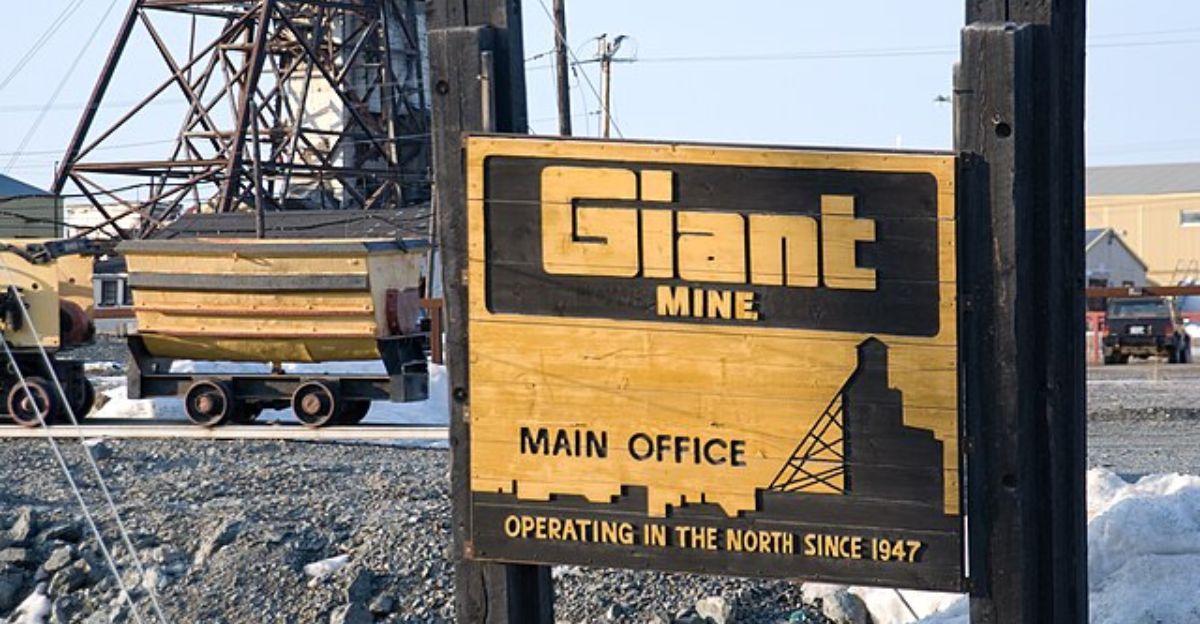
Arctic mining ventures have historically been met with complications and failure, leaving behind only toxic legacies.
The Giant Mine in Canada polluted local water sources for over 50 years with arsenic, while the Faro Mine contaminated more than 60,000 hectares of groundwater and soil. Even long-abandoned mines can still pose a threat to the environment, slowly polluting fragile environments with poisons, and there is no catalog of these hazards.
With decades of experience and tragedy with mine in the Arctic, both governments and private companies still fail to responsibly manage the environmental repercussions these projects have.
Economic Realities

Mining efforts in the Arctic are substantially expensive. The region is largely isolated and covered by extreme weather, and with no infrastructure nearby, mining projects are gratuitous and costly endeavors.
As the global demand for energy is shifting towards more sustainable sources, the biggest reason for Arctic mining – oil – is becoming less and less attractive.
The costs of building and maintaining operations alone are more expensive in the Arctic, with ice melting and making the environment unstable. Investment into mining efforts seems less viable than ever.
Environmental Damage
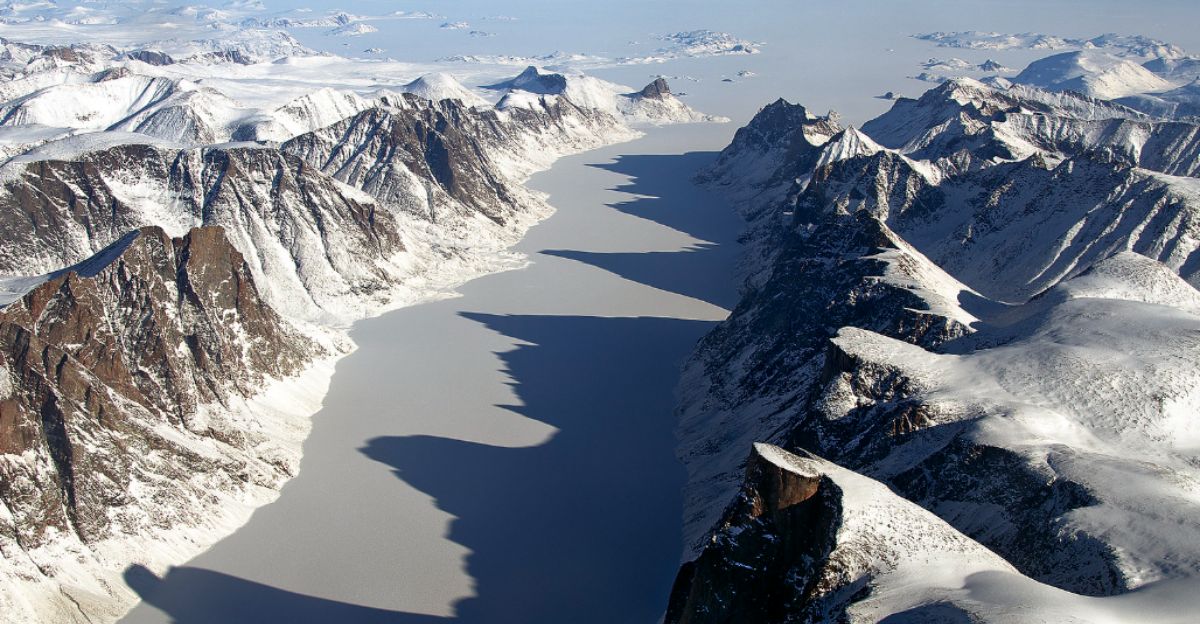
As urbanization expands across every continent, the Arctic stands out as one of the last untouched environments in the world. Unique and vulnerable species call the region home, and their survival is dependent on the landscape being clean and unpolluted.
Mining operations contaminate the environment, from streams, rivers, seas, and even the air. Deep sea mining even threatens marine life, so nowhere is safe, nowhere except the Arctic for now.
Even decades after mining operations have halted, tailings and waste rock pollution can stay in the environment for decades, accumulating in food chains and having troubling implications on local biodiversity.
Climate Feedback
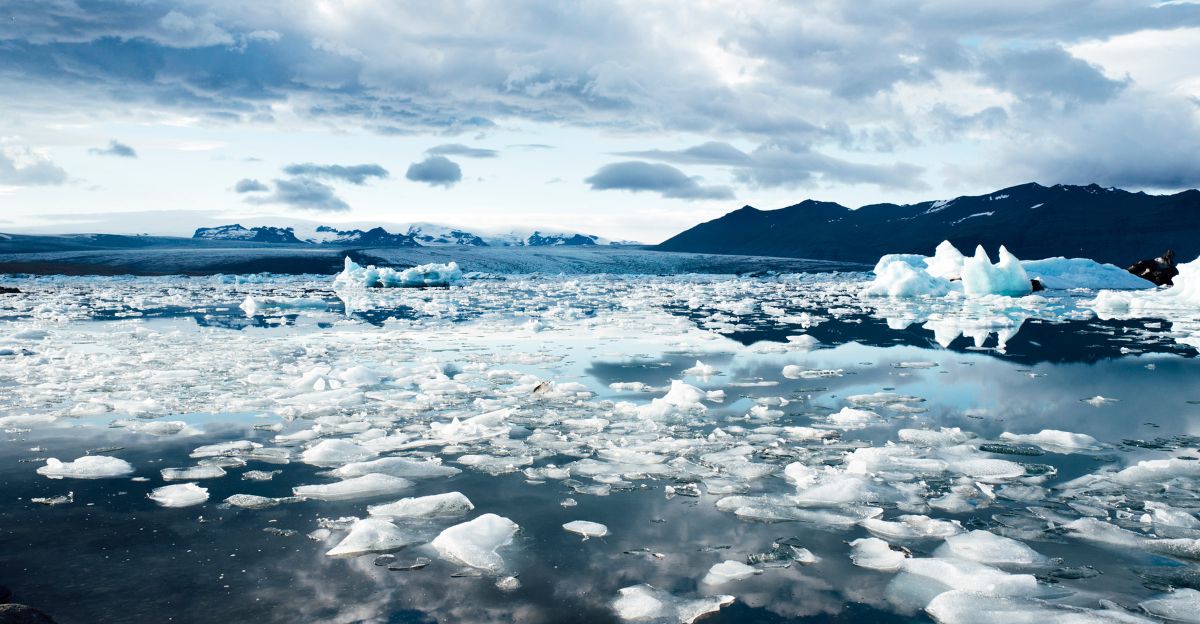
The Arctic is a unique and especially vulnerable landscape, with mining and fossil fuel extraction efforts not only polluting the environment but only accelerating climate change by releasing greenhouse gases into the air. Ice melt is also sped up, creating a feedback loop that shouldn’t be ignored.
Climate change is accelerating, affecting the entire planet, and ice melts expose more land and sea, which can be further exploited through urbanization and human expansion.
These mining efforts could undermine global climate change regulations, which try to limit global warming to 1.5 degrees Celsius. Fossil fuel extraction and mining in the Arctic could exceed these targets by up to seven times.
Geopolitical Tensions
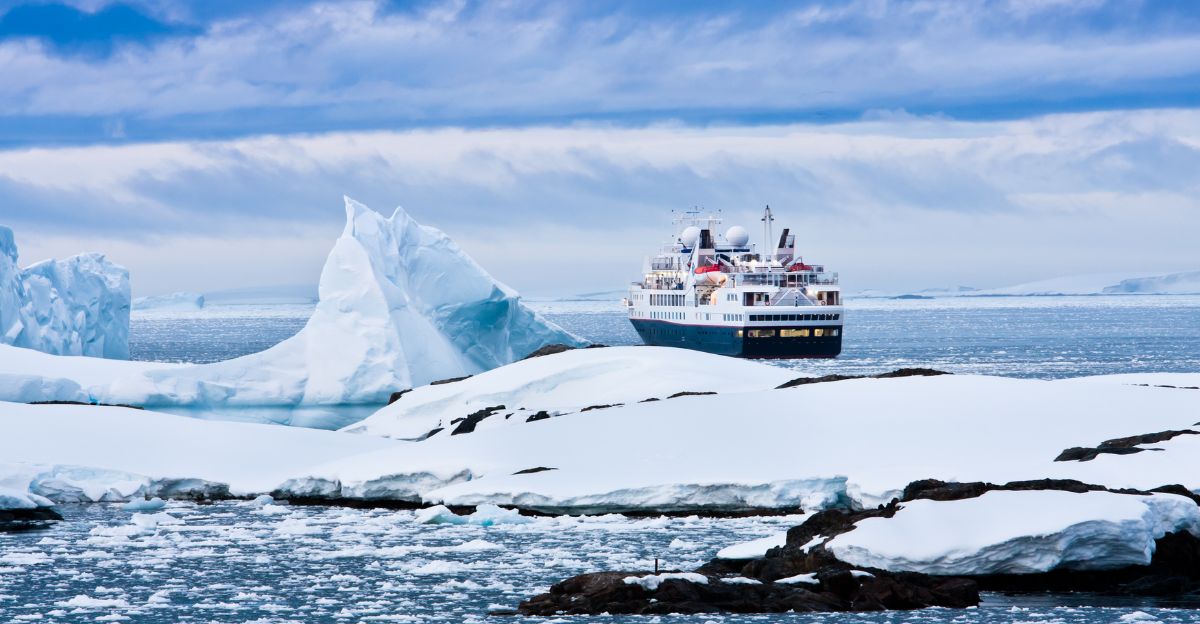
The untouched resources in the Arctic have been known about by powerful nations for a long time, and it triggered a geopolitical scramble, with bordering states trying to stake claims and gain control of relevant regions.
This competition could escalate in the future if global resources elsewhere are sapped dry. The value of the Arctic temps nations with new shipping routes and sources of energy, but the political uncertainties could make long-term investment risky.
The future of the Arctic is in the hands of powerful nations, and it could all culminate in a military escalation.
Indigenous Rights
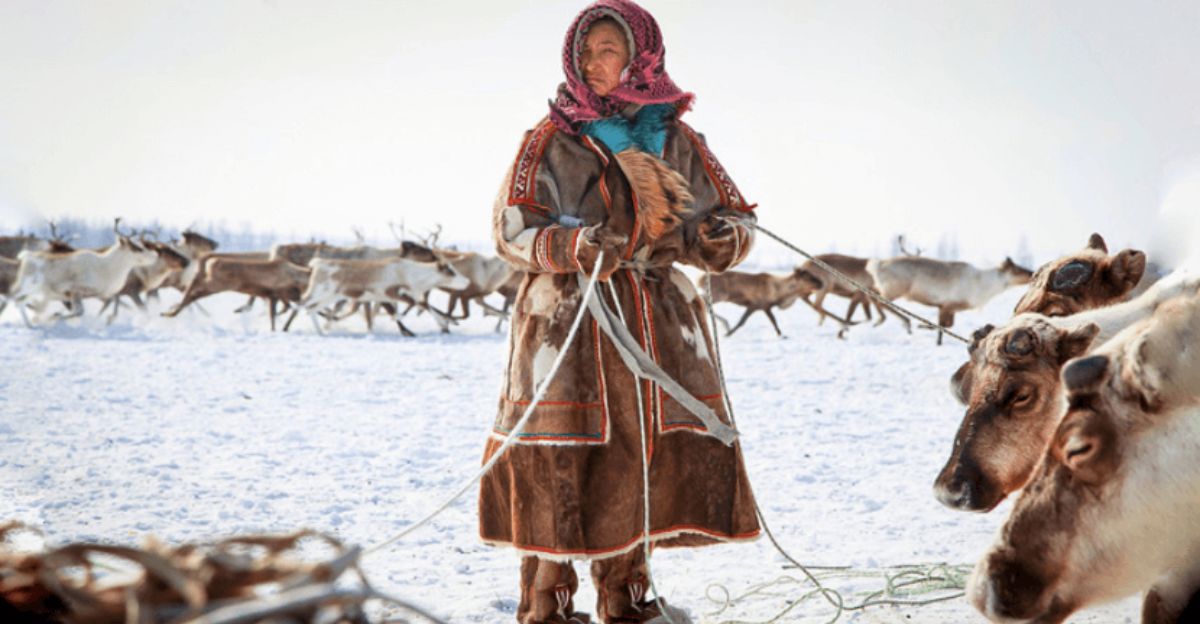
There are many indigenous communities that live in the Arctic who have stewarded the Arctic before anyone else. These mining projects usually disregard the voices and the rights of these communities, undermining their livelihoods and importance in the Arctic.
Extraction projects disrupt traditional food systems, pollute sources of clean water, and destroy the heritage of the land. Any financial gain that these projects get will never be shared with local communities, only serving to take without giving anything back.
This exploitation is a social injustice and whittles down societies already facing climate upheaval.
Technological Nightmares
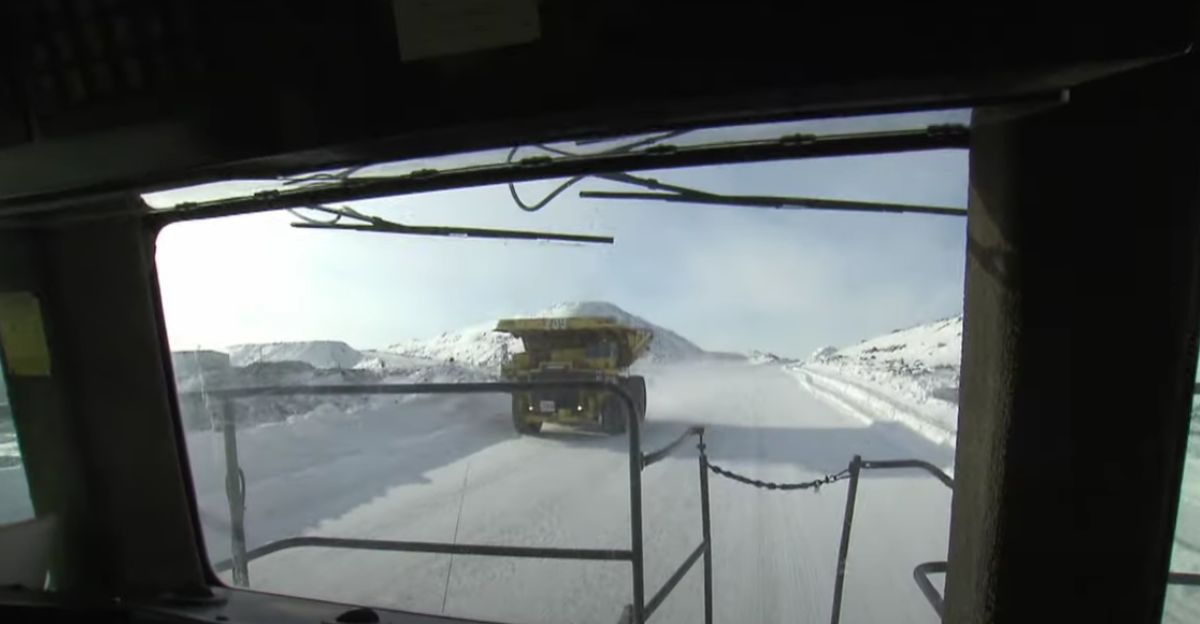
While mining efforts in other regions have face their own complications, Arctic mining is an entirely different endeavor. There are unique operational hazards such as melting permafrost destabilizes infrastructure, and unpredictable weather hindering operations.
The lack of built roads or ports also increases the cost of moving equipment and resources to and from the project site. These reasons are why Arctic mining is a technological and logistical nightmare for companies and government agencies alike.
The Arctic is fighting back, ensuring that it stays as one of the last isolated parts of the world to remain unpolluted and encroached upon.
Other Effects

Arctic mining immediately pollutes and disrupts the environment, but it can have other long-term effects as well.
Pollution can spread through ocean currents, and contaminate ecosystems far removed from the mining site. The increased shipping traffic for mining operations also serves to disrupt marine mammals, and mining efforts undermine global climate regulations.
As the Arctic continues to warm up and become easier to expand into, the temptation to exploit it is becoming a reality. With the opening of the Arctic, there are implications with it, such as ecological collapse, migration crises, and international escalations.
A Reckless Decision
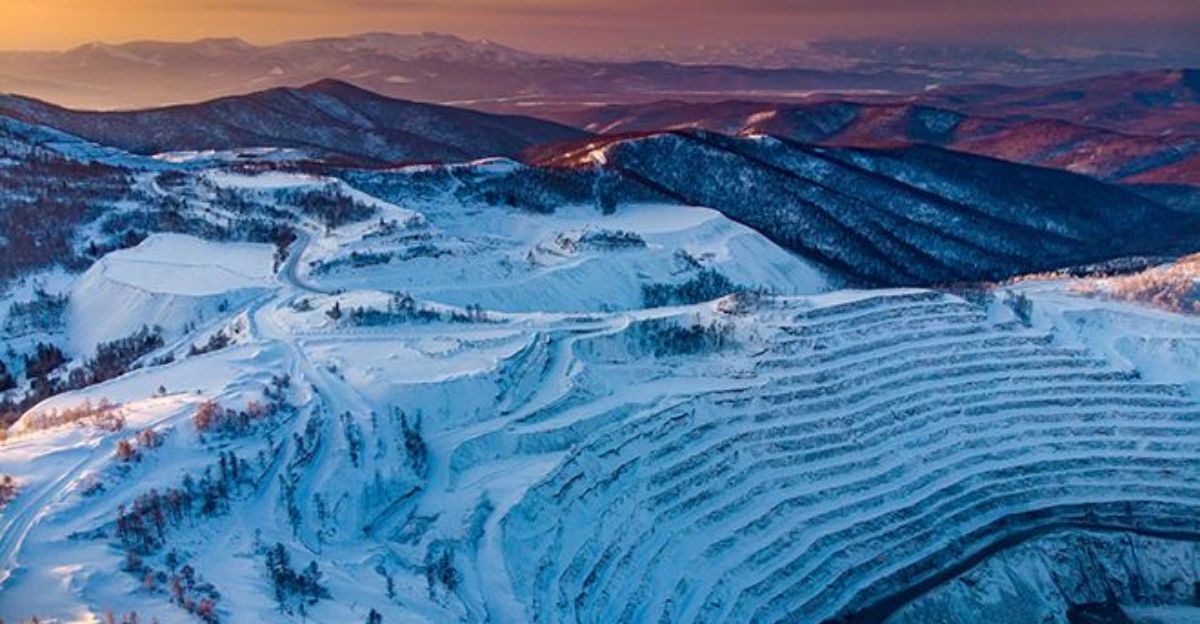
Mining efforts in the Arctic is a reckless decision that pollutes the environment, undermines local communities, and becomes less viable as nations look to alternative fuels.
The obstacles that mining faces aren’t just something to overcome but rather a warning of the ecological repercussions Arctic encroachment could and will have.
Explore more of our trending stories and hit Follow to keep them coming to your feed!

Don’t miss out on more stories like this! Hit the Follow button at the top of this article to stay updated with the latest news. Share your thoughts in the comments—we’d love to hear from you!







